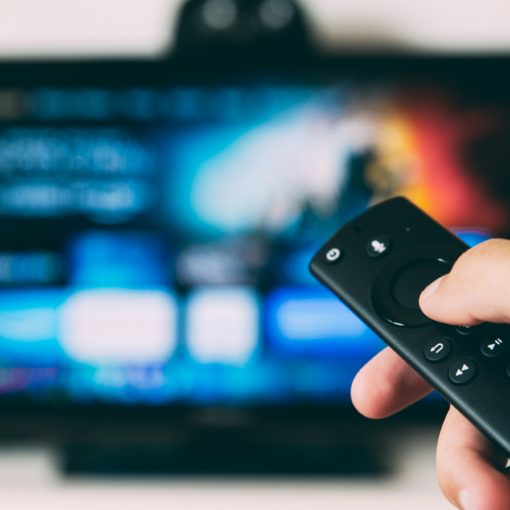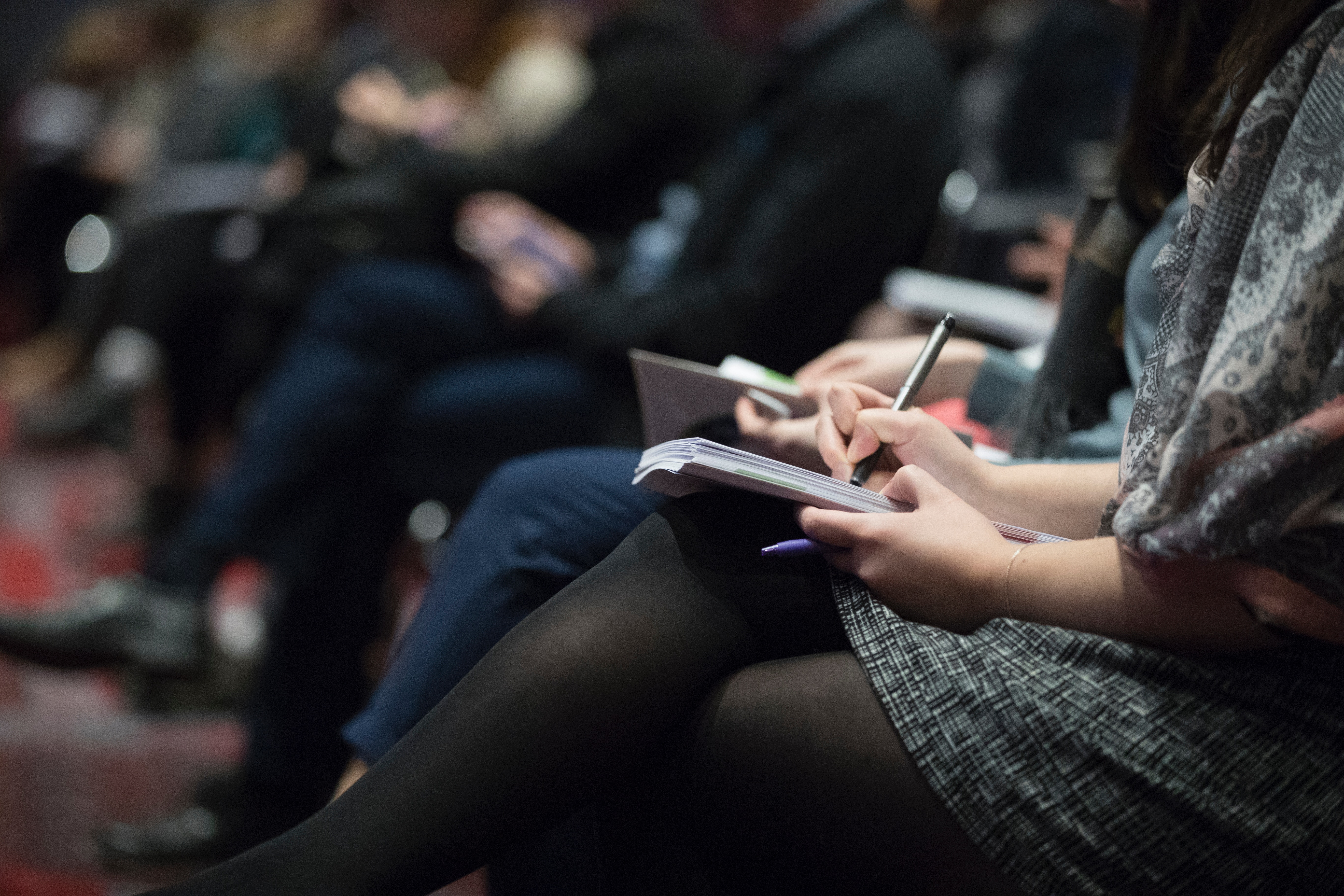During the summer of 2016, the Olympic Games took place in Rio de Janeiro, Brazil. Although nearly half of the 19 world records broken that year were by women, the female athletes were treated to headlines like (famously), “‘Wife of Bears’ lineman wins bronze today in Rio Olympics,” and “PHELPS TIES FOR SILVER IN 100M FLY; Ledecky sets world record in women’s 800 freestyle.” Not to mention the troubling issue of the difference in questions that reporters would ask as emphasised by the #CovertheAthlete campaign. Although the female athletes of the Olympics proved themselves equally as capable as the males, they were still subject to the media’s portrayal, which could shape public opinion and ruin careers.
The issue is that this sort of coverage perpetuates a social norm. If the media acts in a way that is blatantly sexist, it imposes those values onto our lives. The media holds great control over our society. The 2016 Presidential Election was the most media-crazy event in the history of the planet, spurned using new technologies and social media. Social media is the portal between the average person and the entire world. It’s such a powerful influence on the rest of media, and we must be strict with what we allow to influence us in our everyday lives.
The key to being strict with our media is to hold them accountable. If we hold journalists and publishers accountable for their actions and call them out when they write and publish false truths and lies, we can encourage them to be more conscious as to how things may be perceived by the public. The Chicago Tribune, responsible for the comment about the “‘Wife of Bears’ Lineman” winning a medal, was quickly called out for the tweet and shamed across Twitter and other media. This goes to show that when you see something that is wrong, you can do something about it. Instead of blindly allowing our young people to consume this sort of neopatriarchal media, we can stand up for what’s fair and equal by exposing journalists and publishers when we see it.
During 2016, women rose to the occasion. From the Beyoncé’s release of the empowering “Lemonade,” to the first ever female presidential nominee, women took the world by storm and made headlines around the world. However, not all the headlines seemed to reflect the great strides that feminism has taken in the past months. The portrayal of women in the media has never been good, but perhaps we’re now entering a critical stage in the portrayal of women in popular culture. What will dominate this critical stage is what we the people consider acceptable. With the evolution of social media and the ability to hold publishers accountable for their words and their actions, we can change the way the media covers women.




